Orthopaedic Therapies

ENTER IN Orthopaedic Therapies
Pathologies
Patient Area
Medical Area
Doctor Replies
Scientific Evidence
Electrochemotherapy

ENTER IN Electrochemotherapy
Indications
Patient Area
Medical Area
Scientific Evidence and Bibliography
Gene Therapies

ENTER IN Gene Therapies
Nucleic Acid Vaccinations
Research
Scientific Evidence











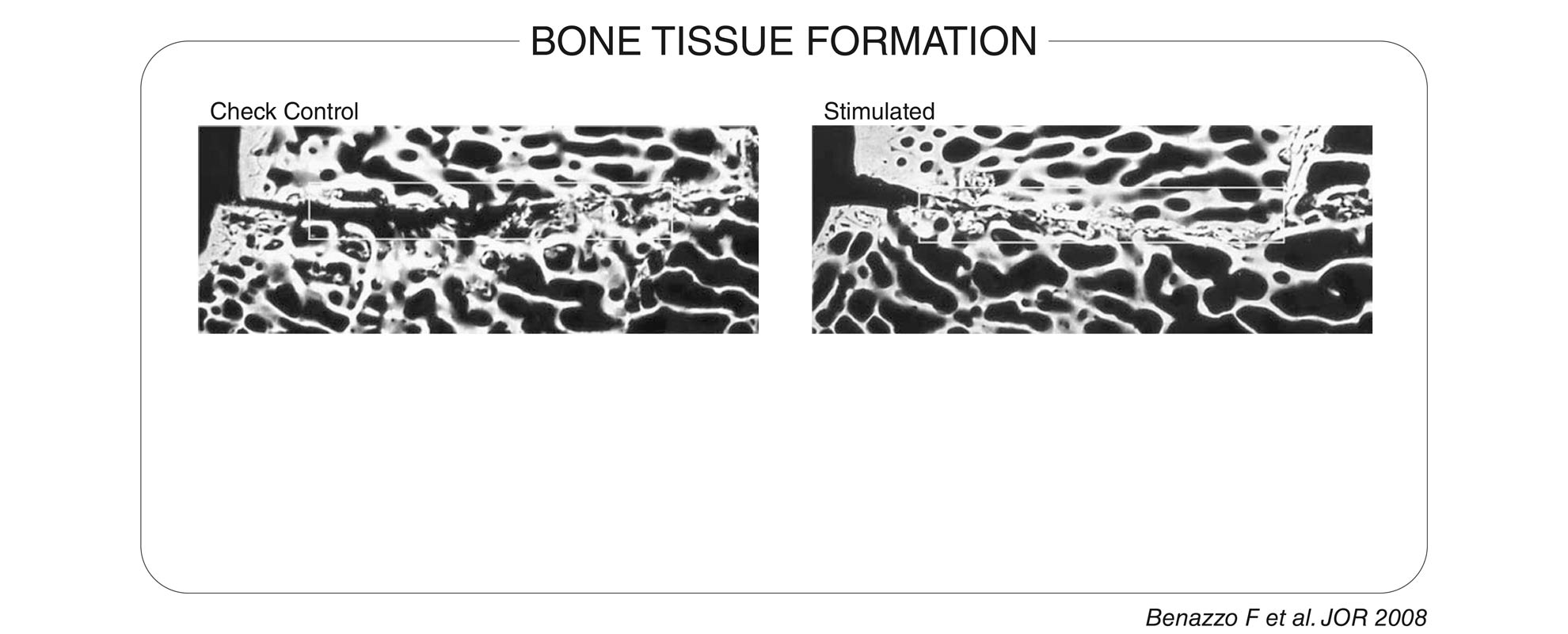

















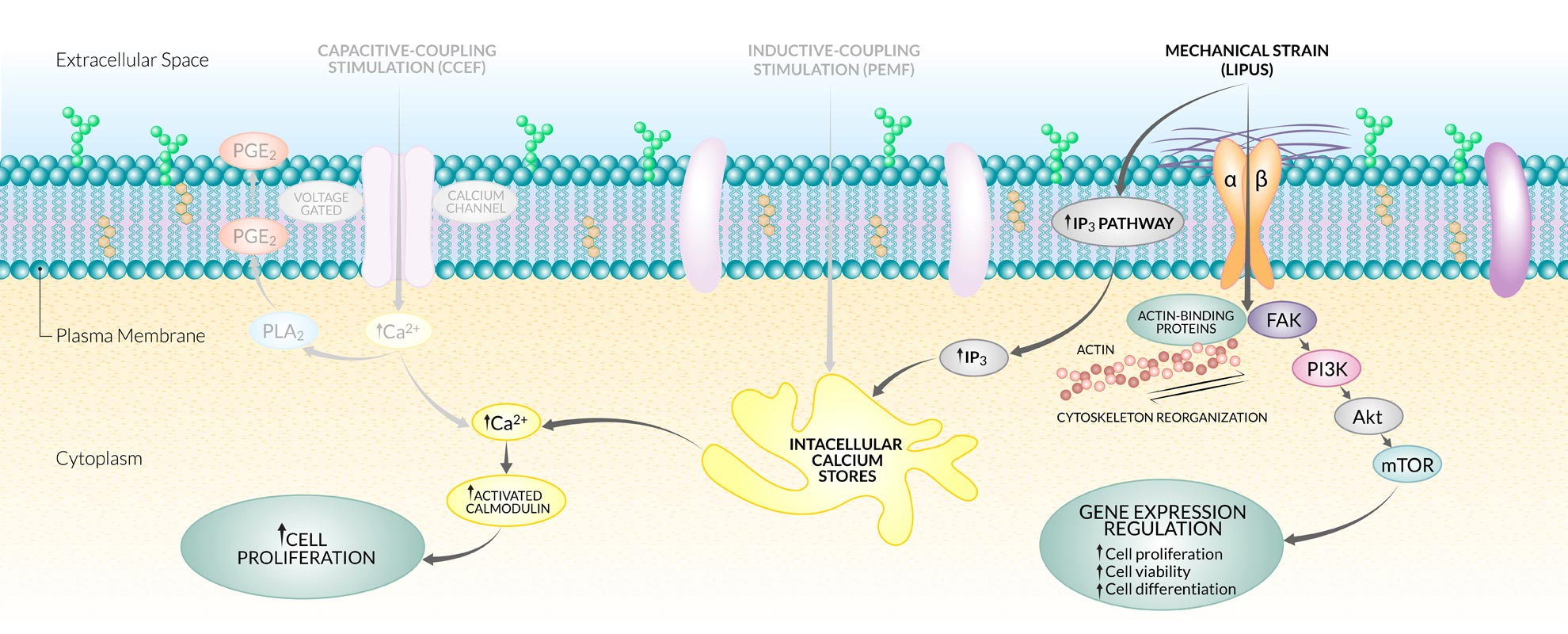

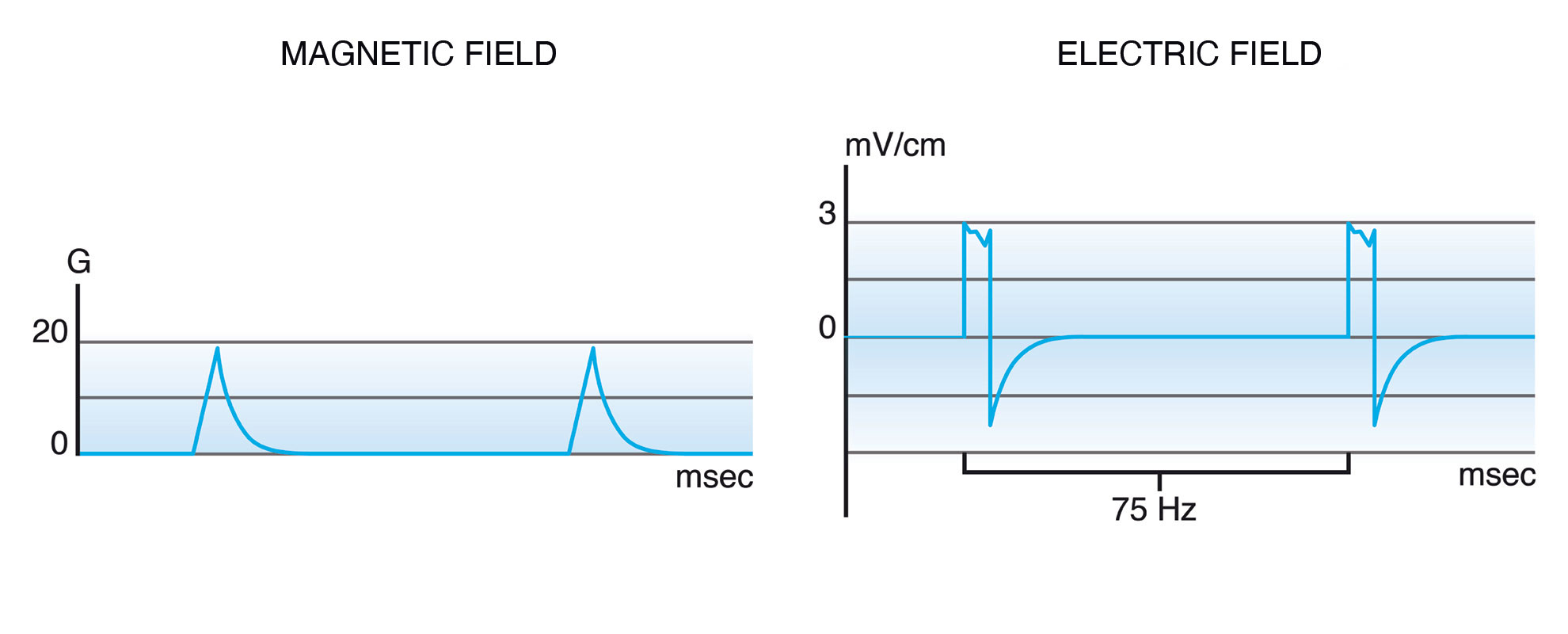


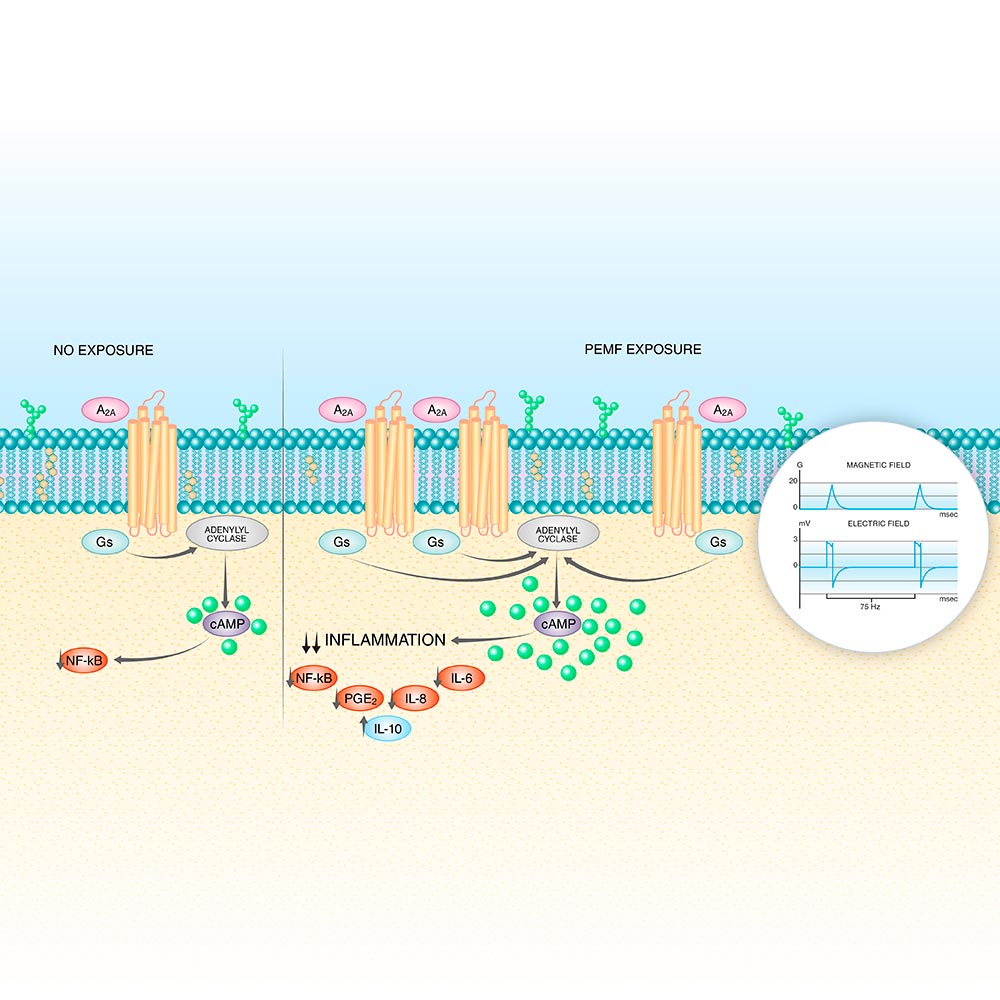






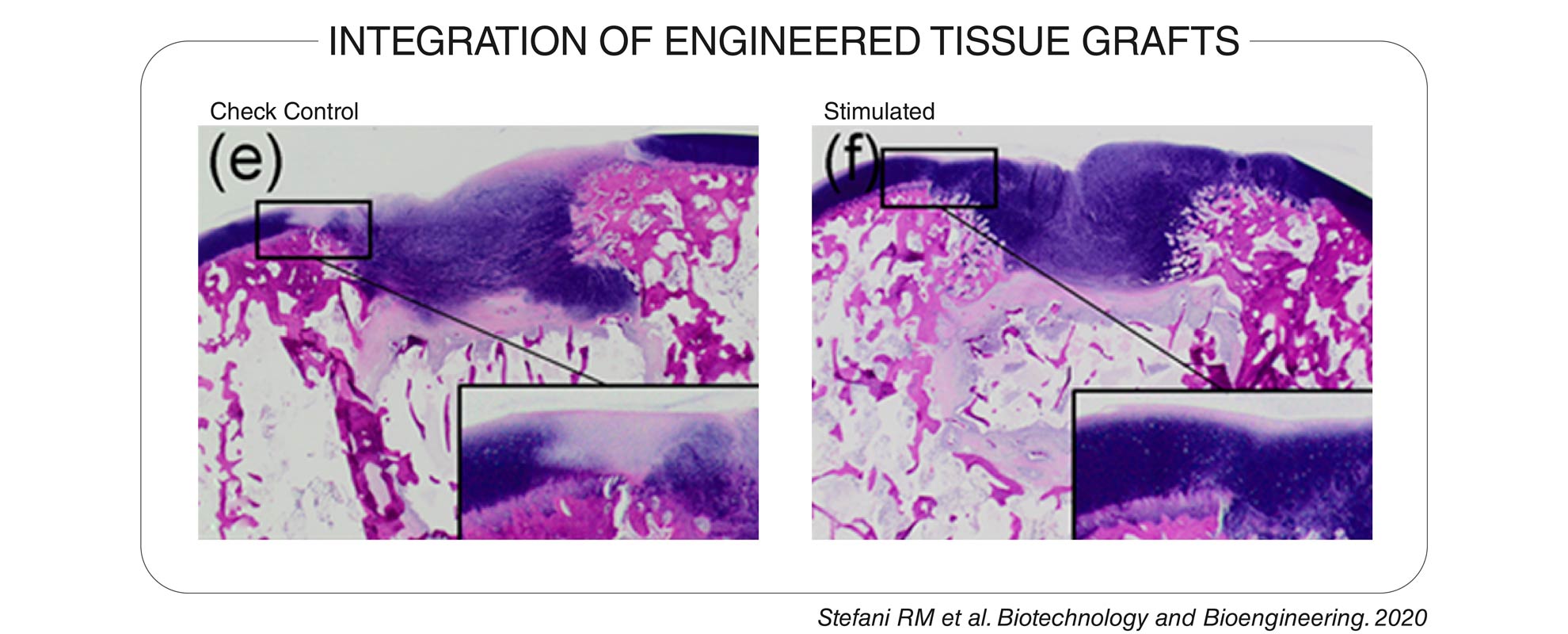


 Austria
Austria
 United Kingdom
United Kingdom
 Germany
Germany
 Italy
Italy


